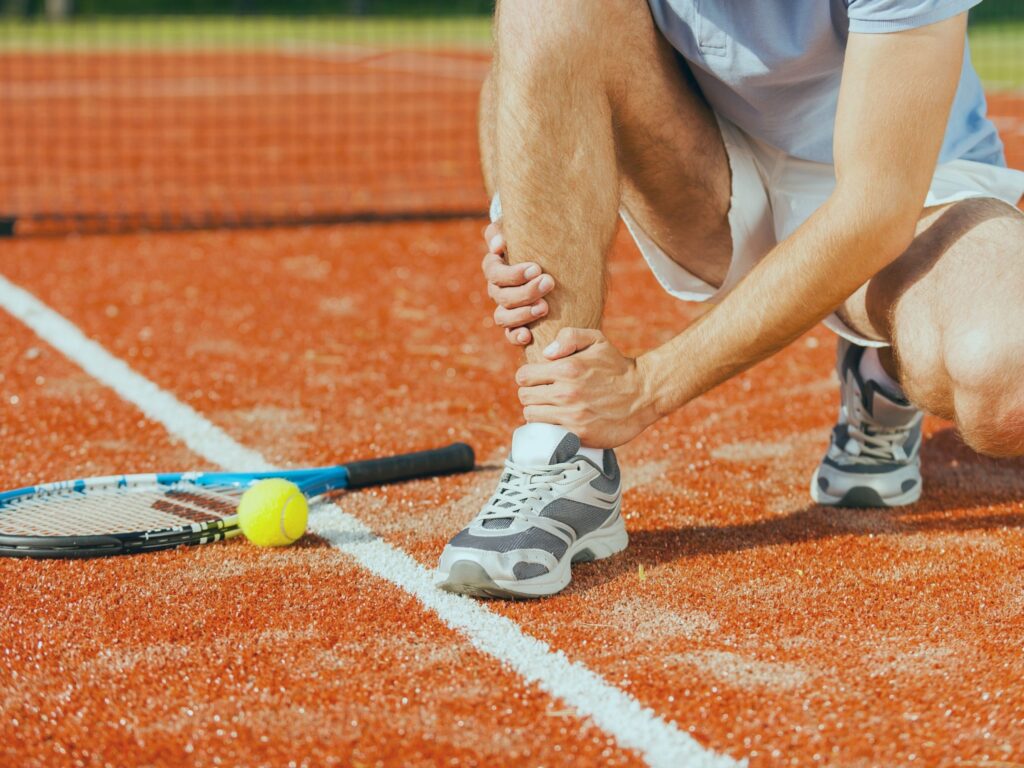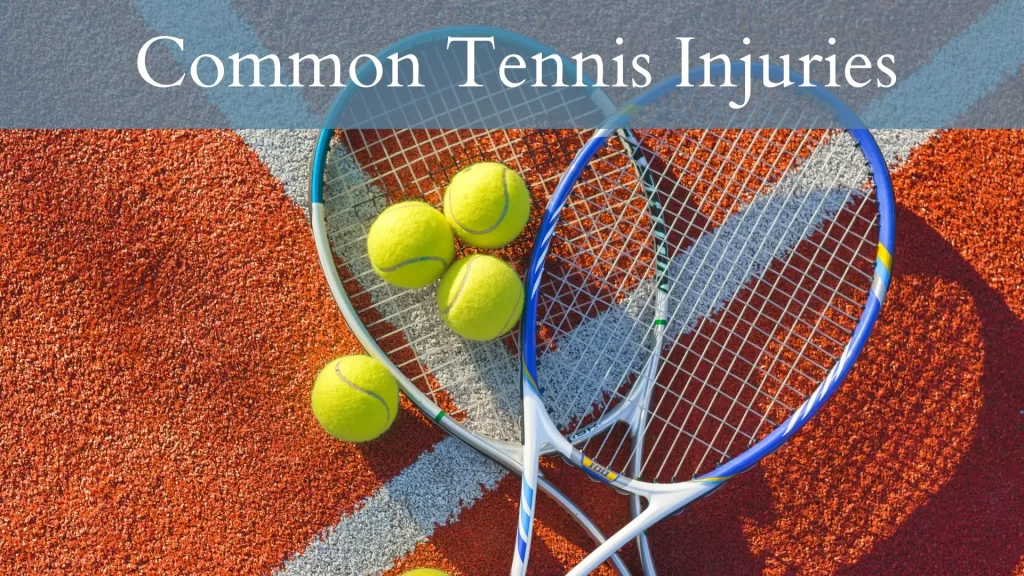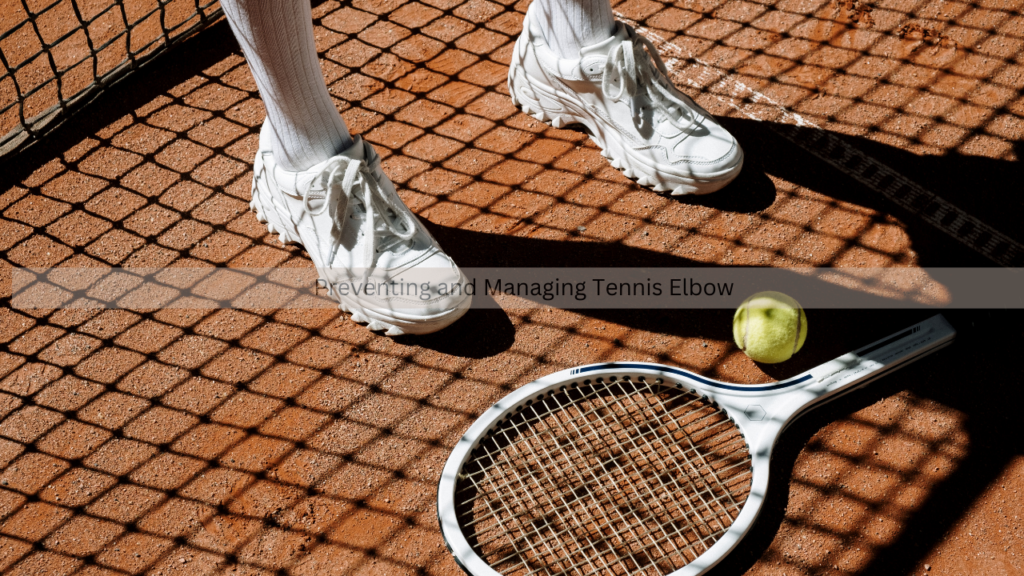
Elite athletes are often seen as the epitome of mental toughness and resilience. However, beneath the surface, many experience intense anxiety and stress due to the relentless pressure to perform at the highest level. This is particularly evident in sports like tennis, where players compete individually, facing immense expectations from themselves, coaches, sponsors, and fans. Understanding the impact of performance pressure and finding ways to manage it is crucial for an athlete’s mental and physical well-being.
The Burden of High Expectations
Professional athletes are expected to maintain peak performance throughout their careers. This demand can lead to chronic stress, anxiety, and self-doubt, particularly when success is inconsistent. Tennis players, for example, compete in a ranking system that determines their opportunities, sponsorships, and financial stability. Every match matters, creating an environment where one loss can feel catastrophic.
The expectations placed on athletes by their coaches, families, and fans further add to their mental burden. The fear of disappointing others can be paralyzing, leading to heightened anxiety levels that may affect concentration and decision-making on the court.
The Role of Media and Social Scrutiny
The omnipresence of social media and constant media coverage exacerbates the pressure elite athletes face. A single poor performance can invite widespread criticism, often leading to public scrutiny and harsh judgments. Negative comments and unrealistic comparisons can diminish an athlete’s confidence and contribute to mental health struggles.
Additionally, the 24/7 sports news cycle means that every aspect of an athlete’s life, from their training regimen to their personal relationships, is under the microscope. This can create an overwhelming sense of pressure to maintain an unachievable standard of perfection.
Coping Mechanisms and Mental Health Support
Recognizing and addressing performance anxiety is critical to maintaining an athlete’s longevity in sports. Various coping mechanisms can help mitigate stress and improve mental resilience. Mindfulness practices, such as meditation and controlled breathing, have been shown to reduce anxiety and improve focus during competition. Additionally, cognitive-behavioral strategies, such as reframing negative thoughts and developing positive self-talk, can help athletes manage self-doubt.
Many professional sports organizations now offer mental health resources, including access to sports psychologists. These professionals assist athletes in developing personalized strategies to cope with stress, improve mental toughness, and prevent burnout. More athletes, including high-profile tennis players like Naomi Osaka, have openly discussed their struggles with performance pressure, helping to break the stigma around seeking mental health support.
The Need for a Cultural Shift
While progress has been made in acknowledging the mental health challenges of elite athletes, more work is needed to create a culture that prioritizes well-being over constant performance. Coaches, organizations, and fans must recognize that mental health is as crucial as physical training. Encouraging open conversations about anxiety and stress, implementing rest and recovery periods, and offering emotional support can significantly impact an athlete’s ability to thrive.
Ultimately, understanding and addressing performance pressure in elite sports is not just about helping athletes win matches—it is about ensuring they have fulfilling and sustainable careers. By shifting the focus from relentless competition to overall well-being, the sports world can create an environment where athletes feel empowered to seek help, manage anxiety, and continue performing at their best.








